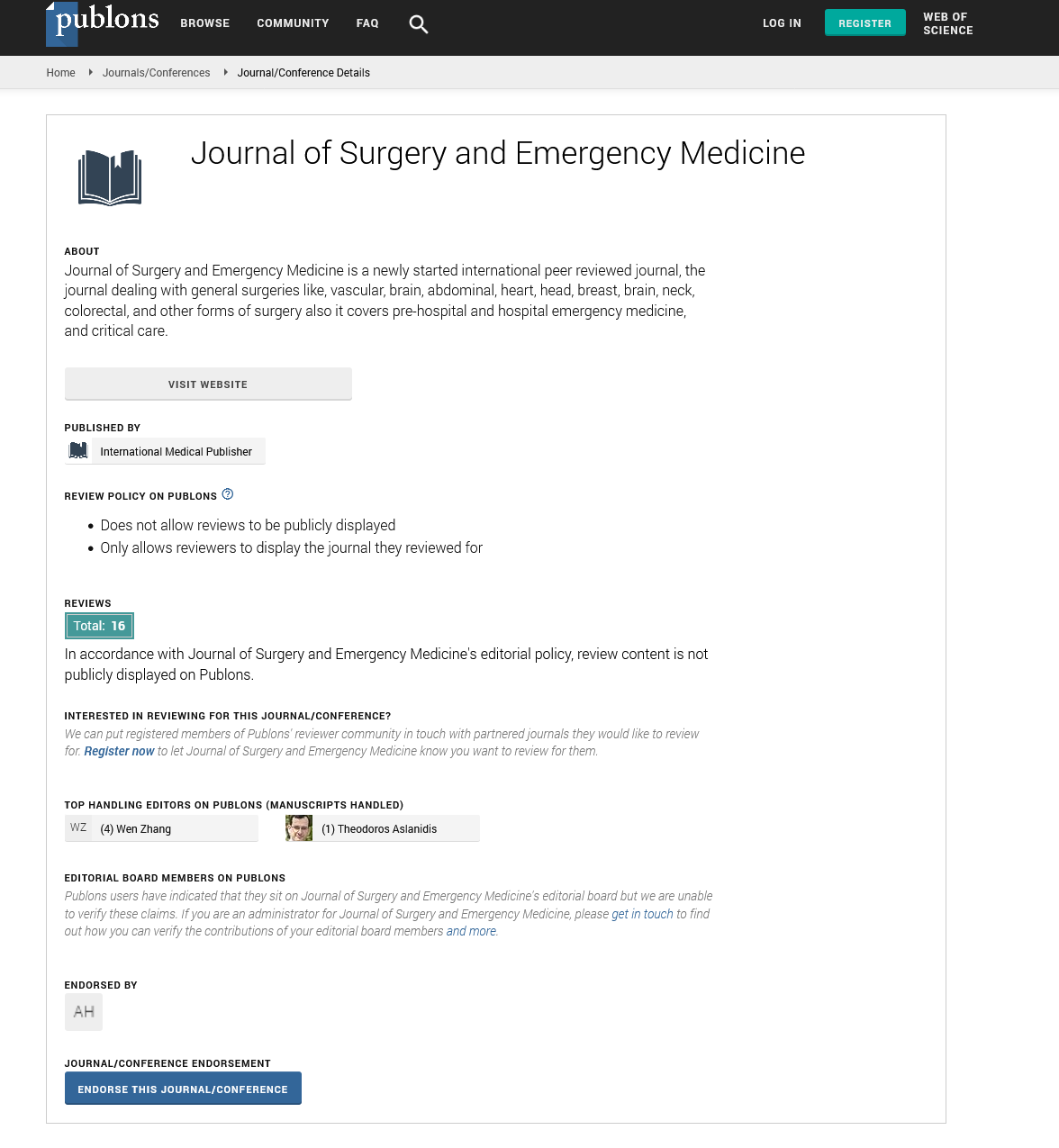Abstract
Laparoscopic surgery on surgical infections
Aims: To investigate changes in calcitonin gene-related peptide (CGRP)-like immunoreactivity (CGRP-LI) in the rat masseter muscle and brain after the unilateral experimental induction of masseter myositis.
Methods: Ipsilateral and contralateral changes of the CGRP were examined in rat masseter muscle after the induction of unilateral myositis on the right side with an intramuscular injection of 0.01 mL Freund's adjuvant. The left masseter, and left and right masseters of control rats, were injected with 0.01 mL saline (0.9%). After 21 days, tissue samples from the masseter muscles and the hypothalamic-pituitary-adrenal (HPA) axis were analyzed for the presence of CGRP by immunohistochemistry, radioactive immunoassay, and high performance liquid chromatography. Hematoxylineosin staining was used to confirm inflammation in the masseter muscles.
Results: Elevated CGRP-LI was detected bilaterally in the masseter muscles (P < .001) in the myositis group. CGRPimmunoreactive nerve fibers were mainly detected in close proximity to muscle cells and in the walls of the blood vessels. Compared to the control rats, a significant difference in scratching behavior was seen in the myositis group from day 9 until day 21. In the myositis group, CGRP-LI was increased in the pituitary gland concomitant with the increase in CGRP-LI in the masseter muscles but was decreased in the hypothalamus. A possible explanation for these changes could be that rats with chronic myositis develop an abnormal function of the HPA axis triggered by masseter muscle inflammation.
Conclusion: The results of this study demonstrate that CGRP may play an important role both peripherally and centrally in masseter muscle myositis in association with presumed nociceptive behavior.
Author(s): Gouda Ellabban
Abstract | Full-Text | PDF
Share This Article
Google Scholar citation report
Citations : 131
Journal of Surgery and Emergency Medicine received 131 citations as per Google Scholar report
Journal of Surgery and Emergency Medicine peer review process verified at publons
Abstracted/Indexed in
- Google Scholar
- Publons
Open Access Journals
- Aquaculture & Veterinary Science
- Chemistry & Chemical Sciences
- Clinical Sciences
- Engineering
- General Science
- Genetics & Molecular Biology
- Health Care & Nursing
- Immunology & Microbiology
- Materials Science
- Mathematics & Physics
- Medical Sciences
- Neurology & Psychiatry
- Oncology & Cancer Science
- Pharmaceutical Sciences
